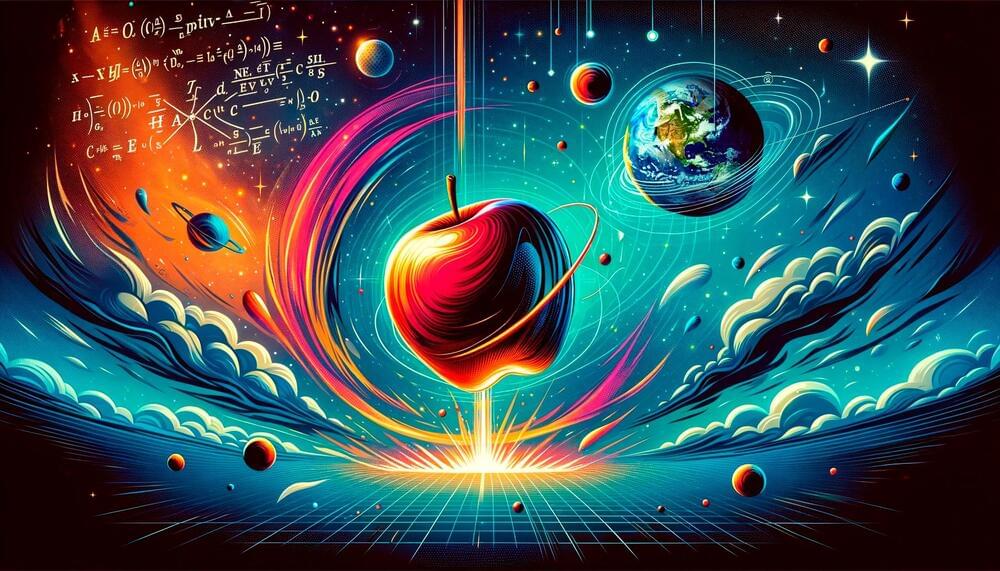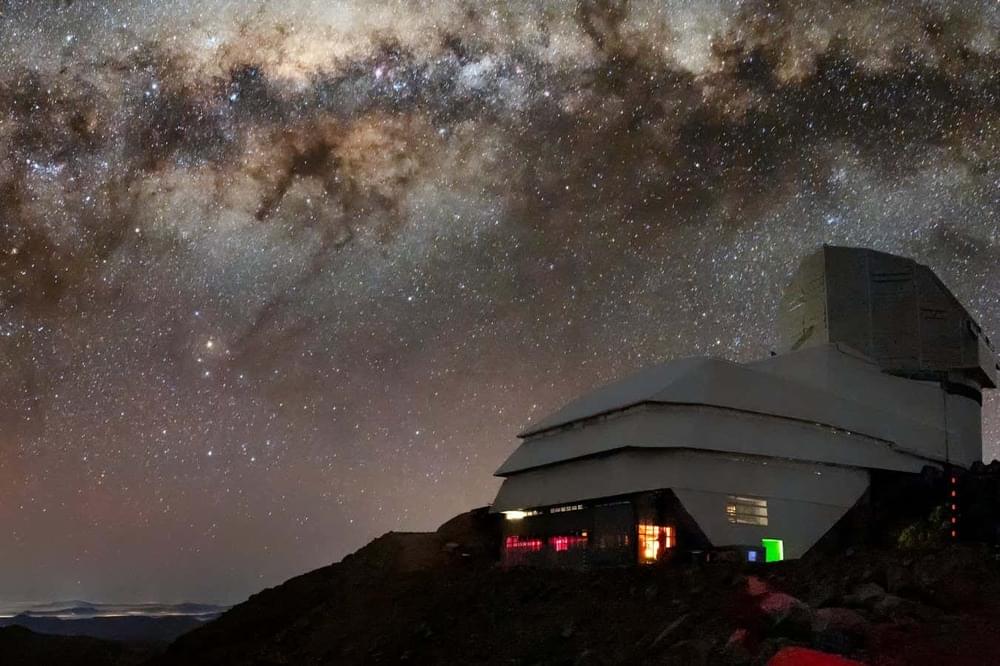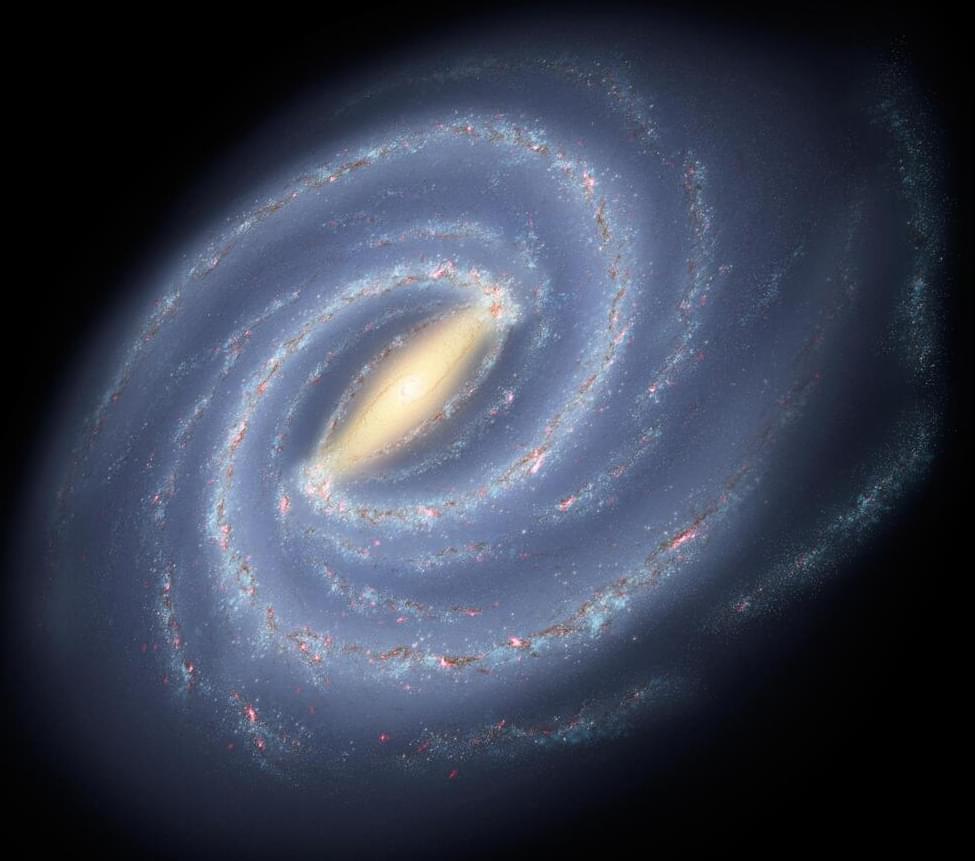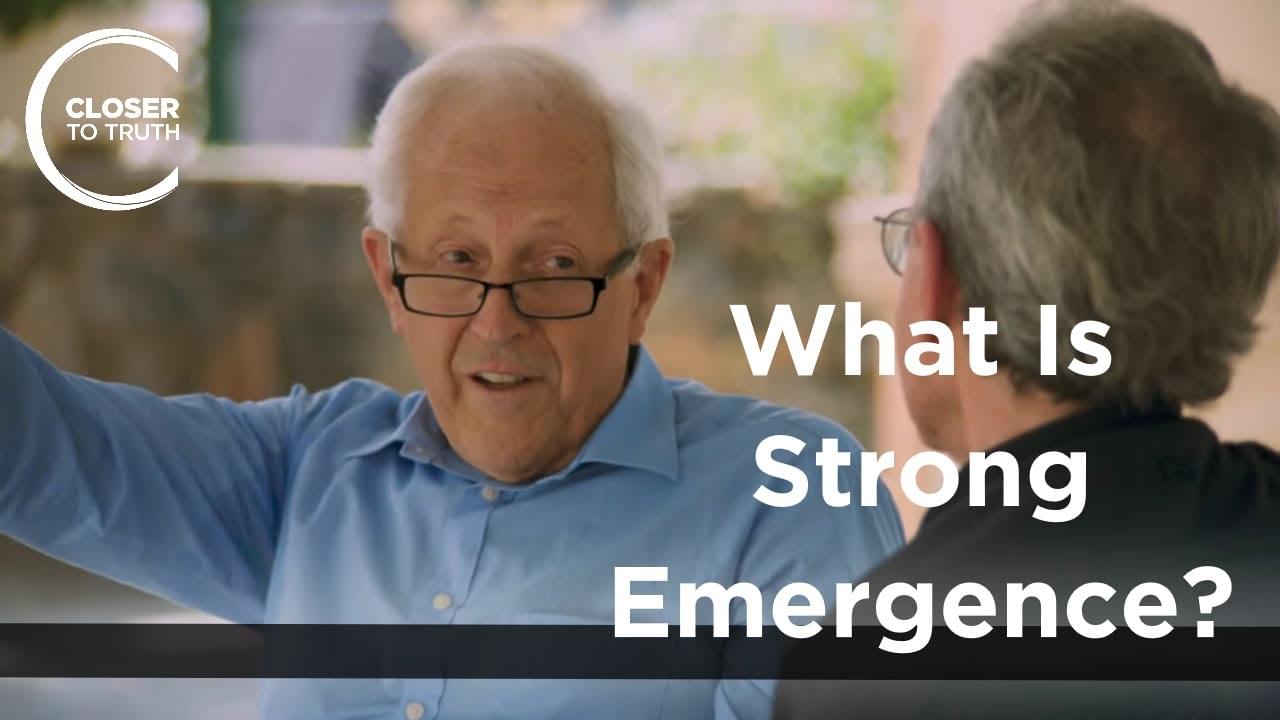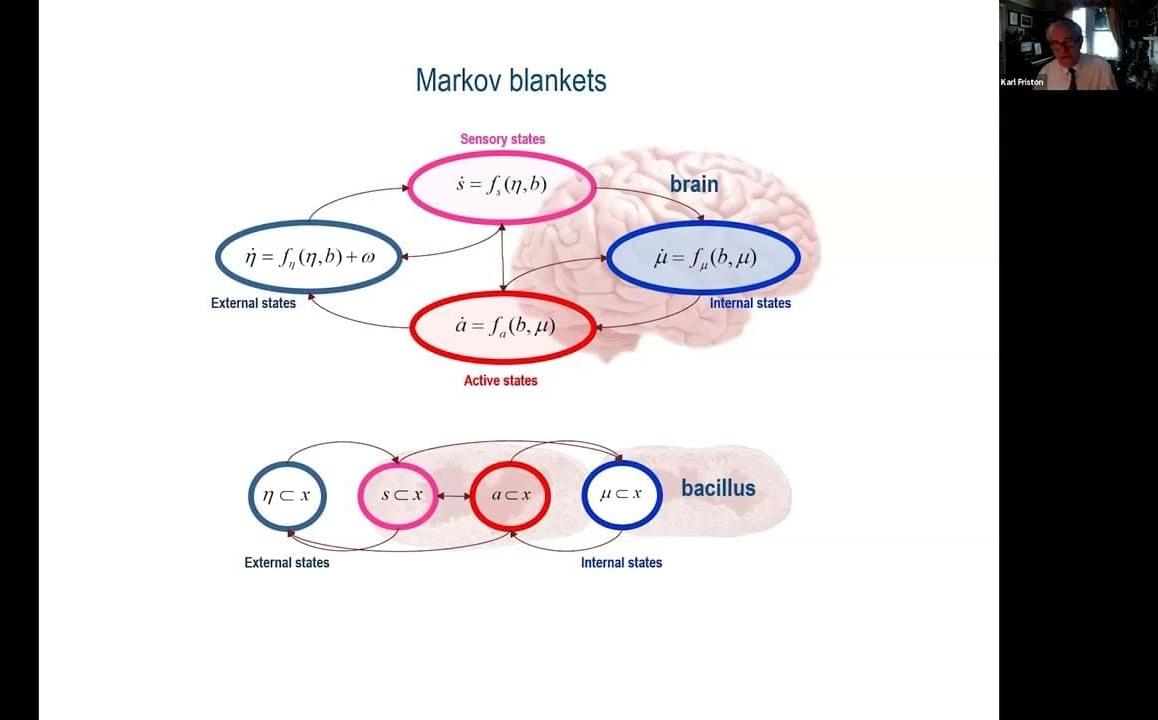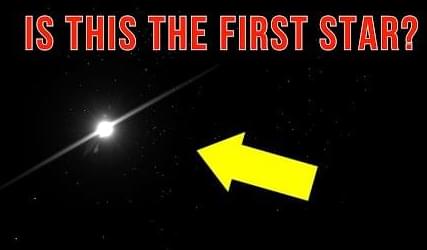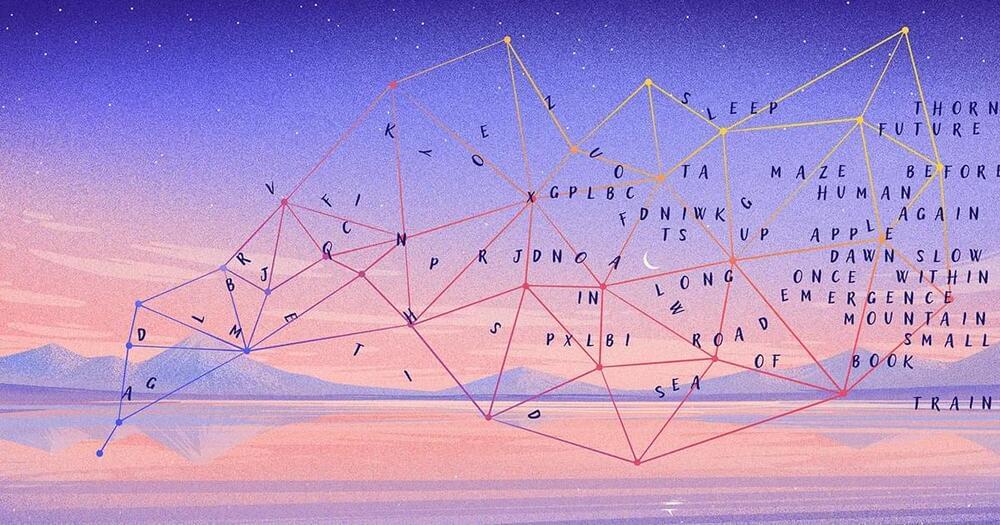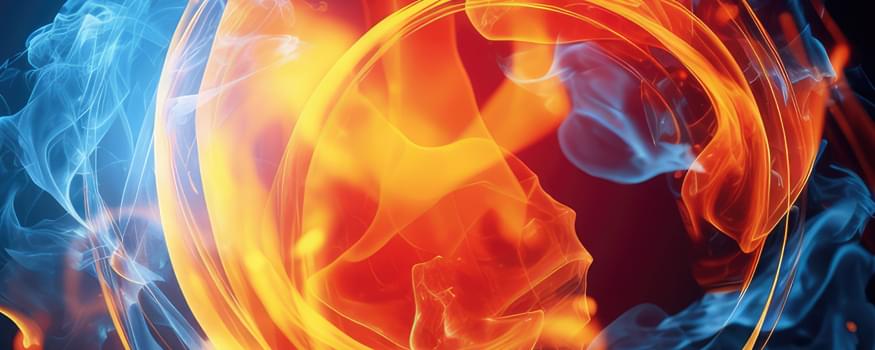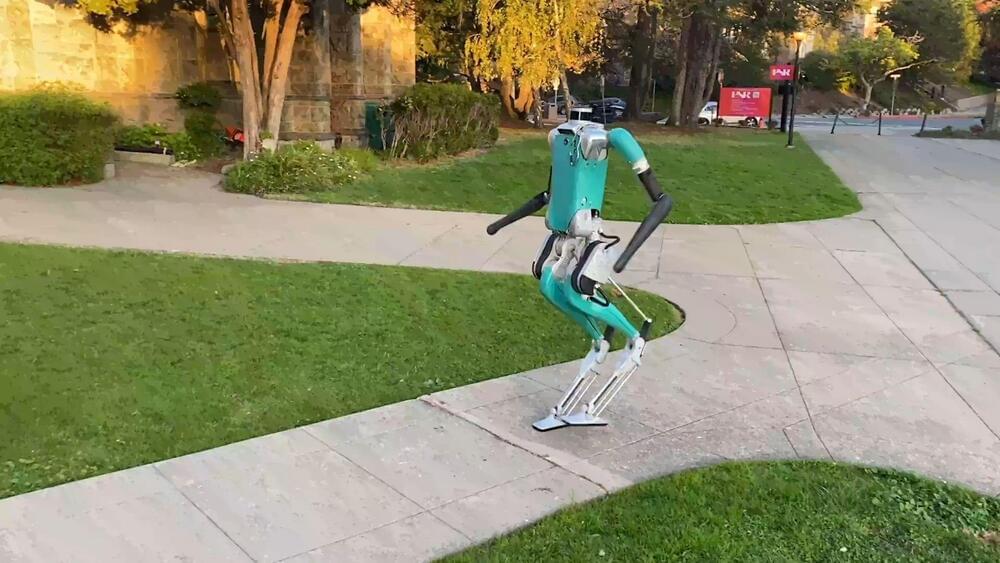Dec 26, 2023
Einstein’s Insight: Why Does Gravity Pull Us Down and Not Up?
Posted by Paul Battista in categories: energy, physics, space
Gravity is the reason things with mass or energy are attracted to each other. It is why apples fall toward the ground and planets orbit stars.
Magnets attract some types of metals, but they can also push other magnets away. So how come you feel only the pull of gravity?
Continue reading “Einstein’s Insight: Why Does Gravity Pull Us Down and Not Up?” »
